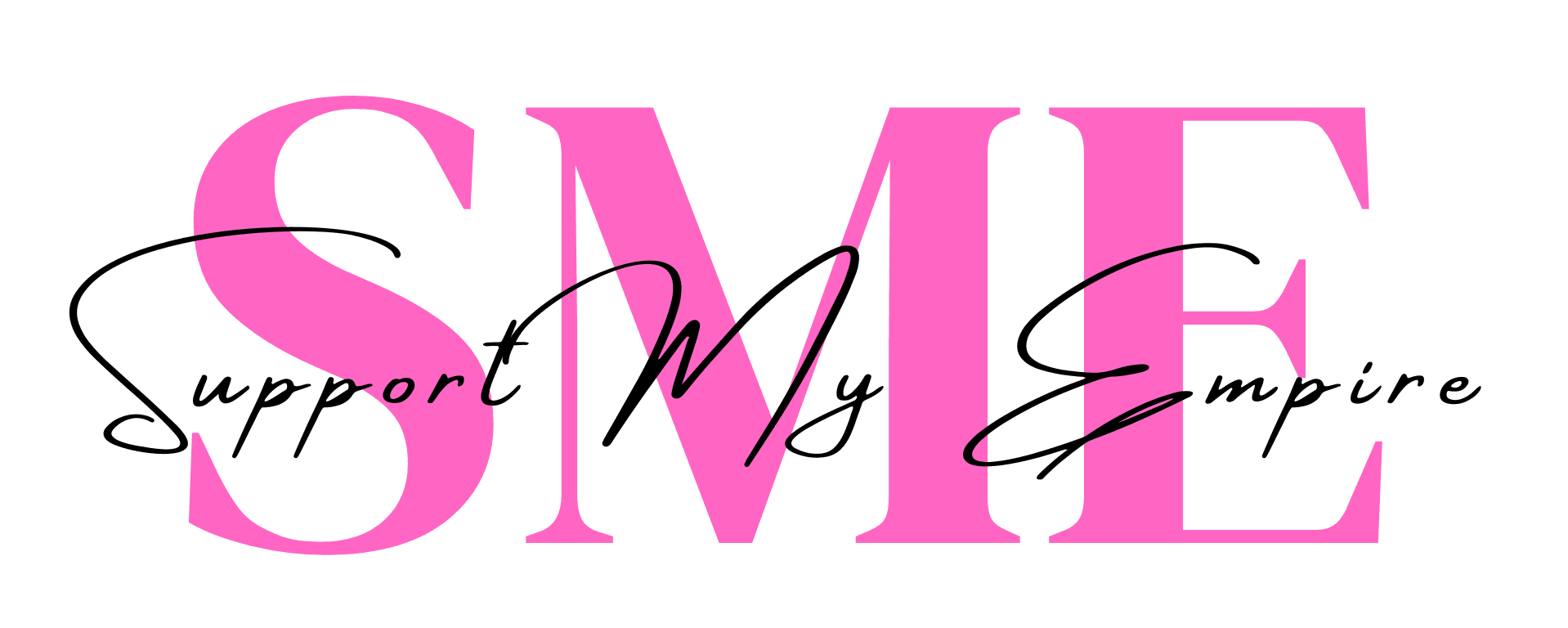What Retailers Need to Know About the Upside (and Downside) of Trade Barriers
When we talk about tariffs, the conversation usually goes straight to price hikes, supply chain drama, and businesses scrambling to stay afloat. And yes—tariffs can create chaos. But there’s another side to the story. Tariffs aren’t just taxes—they’re tools. And when used right, they can actually benefit a country’s economy.
Not sure what a Tariff is? Read more about what are tariffs here.

When Are Tariffs Actually Good?
Tariffs usually get a bad rap and for good reason. They can raise prices, disrupt supply chains, and spark political firestorms. But in some cases, tariffs aren’t just a necessary evil—they’re a strategic tool. Governments don’t always use them wisely, but when applied thoughtfully and with the right support systems in place, tariffs can actually boost economic resilience, spark local growth, and protect national interests. Let’s break down a few scenarios where tariffs can do more good than harm.
Protecting Domestic Industries
Tariffs can shield growing or vulnerable industries from being undercut by cheaper imports. When foreign competitors flood the market with ultra-low prices, local businesses often can’t compete. Tariffs level the playing field, giving domestic producers a fighting chance to grow, invest, and scale.
This is especially relevant in strategic sectors like:
- Steel and aluminum
- Semiconductors and rare earths
- Agricultural staples
- Clean energy tech
Creating Local Jobs
Tariffs raise the cost of imported goods—and that price pressure can push companies to look inward. When it becomes too expensive to rely on overseas production, many businesses start exploring local manufacturing and assembly options. And that shift can create serious job opportunities.
Instead of importing finished goods, companies might:
- Open new factories or revive underutilized ones
- Expand production lines to meet rising domestic demand
- Increase demand for local suppliers, parts, and packaging
- Create more work for logistics companies, freight handlers, and last-mile delivery networks.
The result? More jobs across the supply chain—from factory floor workers to warehouse teams, truck drivers, and engineers. That said, tariffs aren’t a silver bullet. They won’t create jobs on their own. The real payoff comes when tariffs are paired with:
- Strong infrastructure investment (roads, ports, utilities)
- Vocational training and workforce development
- Business incentives to manufacture domestically.
But when the conditions are right, tariffs can help revive struggling local industries, reduce unemployment, and rebuild national production capacity in sectors that were previously outsourced.
Example of the use of Tariffs: Think of the recent push to bring semiconductor manufacturing back to the U.S. after decades of relying on Asia—tariffs were part of that equation, but so was long-term strategic investment.
Encouraging Local Consumption
When imported goods become more expensive due to tariffs, consumer behavior often shifts. People start looking for alternatives that are produced closer to home—not just because they want to support local, but because the price tag suddenly makes it the more practical choice. That shift creates a ripple effect:
- Money stays in the local economy, supporting domestic businesses, workers, and supply chains
- National and regional brands get a stronger foothold, especially in sectors like apparel, food, and lifestyle goods
- Consumers connect more deeply with “Made in [Home Country]” labels, associating them with quality, community, and authenticity.
In retail and fashion, this is a huge opportunity. Tariffs can help elevate:
- Ethical brands with local manufacturing and transparent practices
- Artisan and heritage-based products with strong cultural ties
- Small batch and independent labels who struggle to compete with low-cost imports under normal conditions.
More than ever, shoppers care where their products come from. They’re voting with their wallets—not just on price, but on values. And tariffs, when thoughtfully applied, can tip the scales in favor of businesses that make or finish their products locally.
As a Negotiation Tool
Tariffs aren’t always about protecting local industries. Sometimes, they’re about leverage.
Governments use them as part of a larger strategy to push for better trade deals, correct imbalances, or pressure another country into changing its behavior. Think of tariffs in this context as a warning shot or bargaining chip—not a permanent solution. Countries might impose tariffs to:
- Reduce unfair subsidies that allow foreign companies to undercut local prices
- Force open access to protected foreign markets where their own exporters are being blocked or heavily taxed
- Encourage compliance with international rules, including labor rights, environmental standards, or intellectual property protections.
Are they controversial? Yes.
Do they work? Sometimes.
They can spark retaliation or disrupt short-term trade flows—but in the long game, they’ve also led to new or renegotiated trade agreements with more favorable terms.
For businesses, this means staying alert. A tariff introduced as part of a negotiation could vanish as quickly as it appeared—or escalate if talks fail. Either way, it’s a reminder that your supply chain can be reshaped overnight by political strategy, not just market conditions.
National Security
Not all trade is just about economics—some of it is about survival. Tariffs are sometimes used to protect critical industries that are essential to a country’s national security. That means placing higher tariffs on imported goods to encourage local production in areas where relying on foreign supply is just too risky. Examples include:
- Defense equipment – weapons, tech components, protective gear
- Food and agriculture – especially staple crops and food processing infrastructure
- Medical supplies and pharmaceuticals – PPE, antibiotics, vaccines
- Energy infrastructure – components for power grids, batteries, and renewable energy systems.
By using tariffs to make certain imports less attractive, governments can nudge businesses into building domestic capacity, investing in innovation, and training local talent to fill critical gaps. For business owners, this can create new local opportunities—especially if you’re in a position to pivot, diversify, or manufacture components that were previously outsourced overseas. And for retailers, especially in fashion or consumer goods, there’s a growing alignment between national security and ethical production narratives. Buying locally isn’t just patriotic—it can also be part of your brand’s story.
But… There’s a Catch
Tariffs can absolutely be useful—but they’re also a blunt instrument. When they’re overused, poorly designed, or politically motivated, they can cause more damage than good. Here’s what can go sideways:
Higher Costs Across the Board
When import costs go up, those expenses don’t vanish—they land on someone. Sometimes it’s the business absorbing lower margins. Other times, it’s the customer paying more at checkout. In worst-case scenarios, it’s both. Tariffs on raw materials (like textiles or electronics) trickle all the way down the supply chain—affecting pricing, packaging, shipping, and even promotional budgets.
Retaliatory Tariffs
Trade is a two-way street. If one country imposes tariffs, the other usually hits back. That means your exports might get slapped with new fees too, making your products less competitive abroad.
Supply Chain Disruptions
Tariffs often force businesses to scramble for alternative suppliers. Shifting from China to Vietnam or Mexico isn’t just a spreadsheet exercise—it can involve:
- Vetting new partners
- Managing new compliance rules
- Adjusting shipping timelines
- Dealing with quality control issues
And if everyone’s doing it at once? Delays, bottlenecks, and price surges follow.
Collateral Damage
Sometimes, tariffs designed to target foreign competitors actually hurt domestic manufacturers—especially those who rely on imported parts, materials, or machinery. For example, a U.S. apparel brand that sews garments locally but imports zippers, thread, or fabric from overseas? It now pays more to make “Made in the USA” goods. And let’s not forget small businesses—they’re often least equipped to absorb sudden cost hikes or negotiate better terms with their suppliers.
So yes, tariffs can be beneficial—but only if used strategically and supported by broader policies like domestic investment, workforce training, and infrastructure development. Otherwise, they become just another barrier for businesses trying to grow, compete, and survive.
Why It Matters to Retailers and Small Businesses
Whether tariffs are good, bad, or somewhere in between, one thing is clear they shape your business whether you like it or not. It doesn’t matter if you’re sourcing t-shirts from Vietnam, importing beauty packaging from China, or buying U.S.-made accessories that rely on foreign parts—trade policy hits your bottom line. And it’s not just about today’s pricing. Tariffs influence:
- Your supplier relationships
- Your product timelines
- Your marketing narrative
- And ultimately, your profitability
That’s why understanding how tariffs work—and when they’re used as a strategic tool—isn’t just a policy issue. It’s a business survival skill. If you need assistance with Tariff Strategy Vs. Tariff Survival check out our blog.
Conclusion
Tariffs can be more than just a tax. They can protect industries, support local jobs, and strengthen national security—if used wisely. But when they’re misused or weaponized, they disrupt supply chains, inflate costs, and hurt the very businesses they claim to protect. As a small business owner, you don’t control the policy—but you can control how prepared you are for it.




